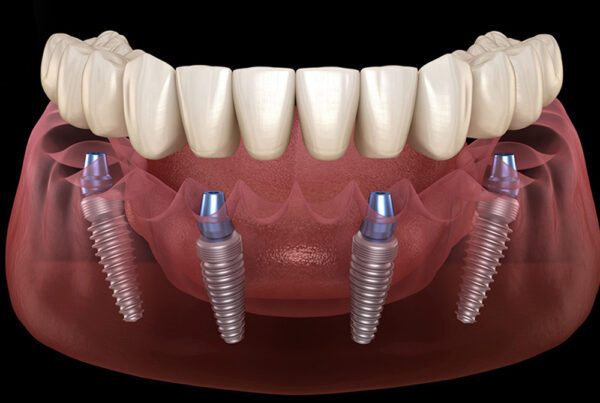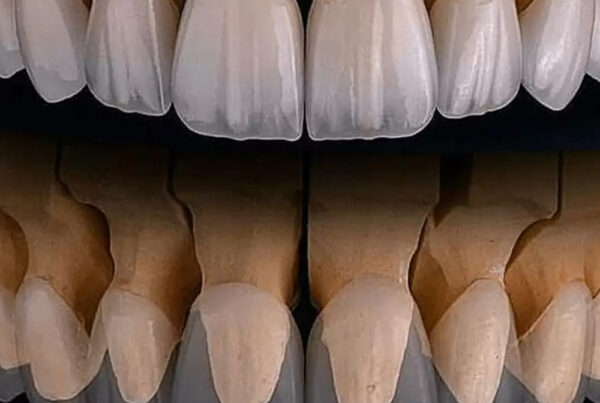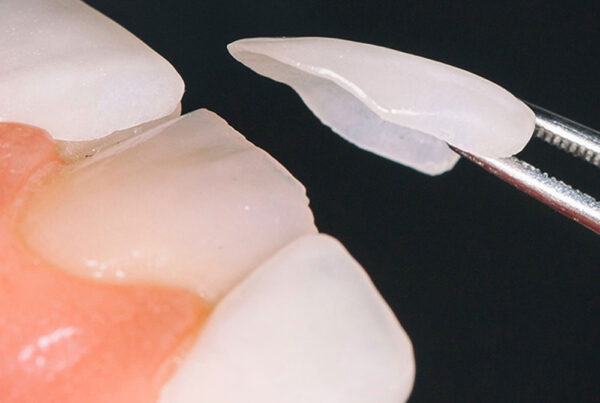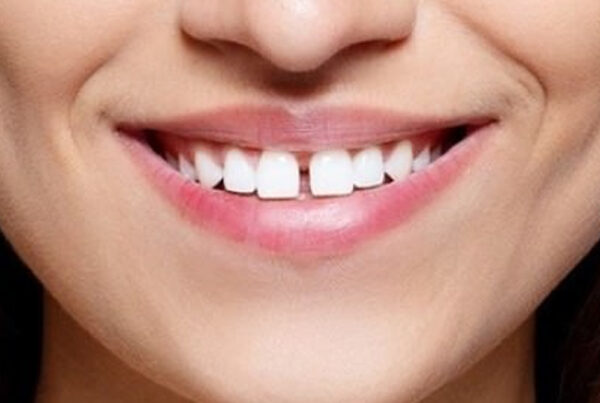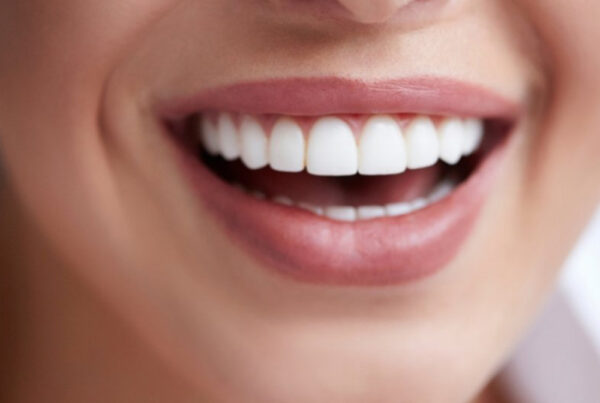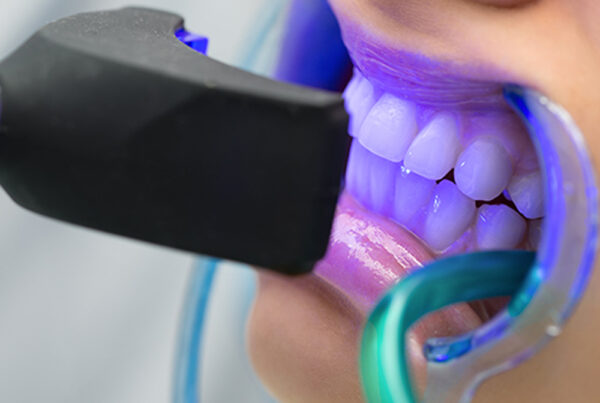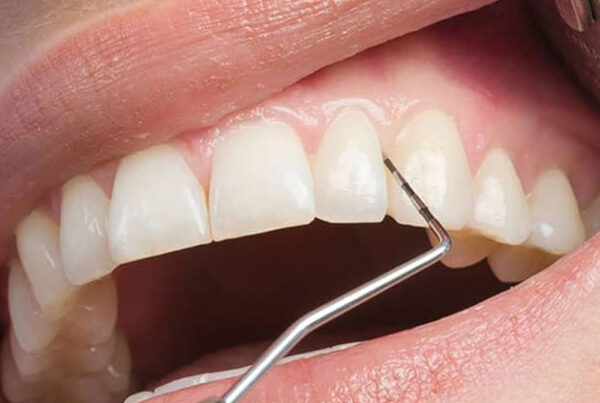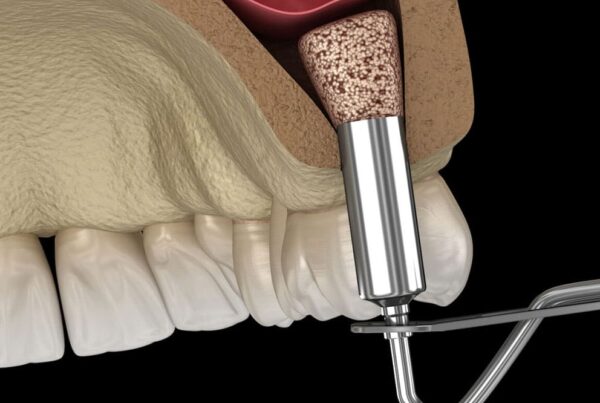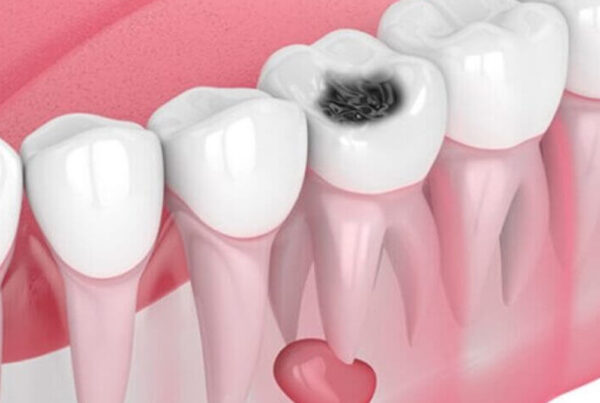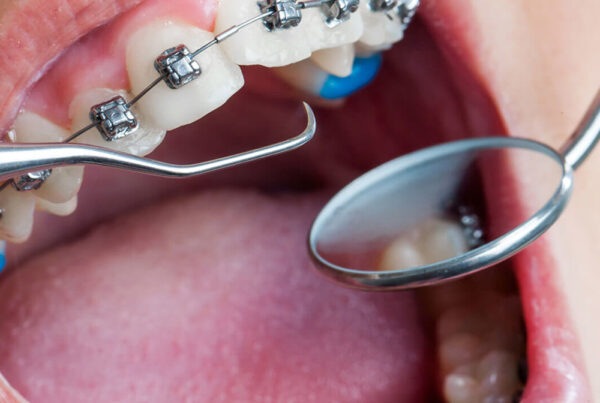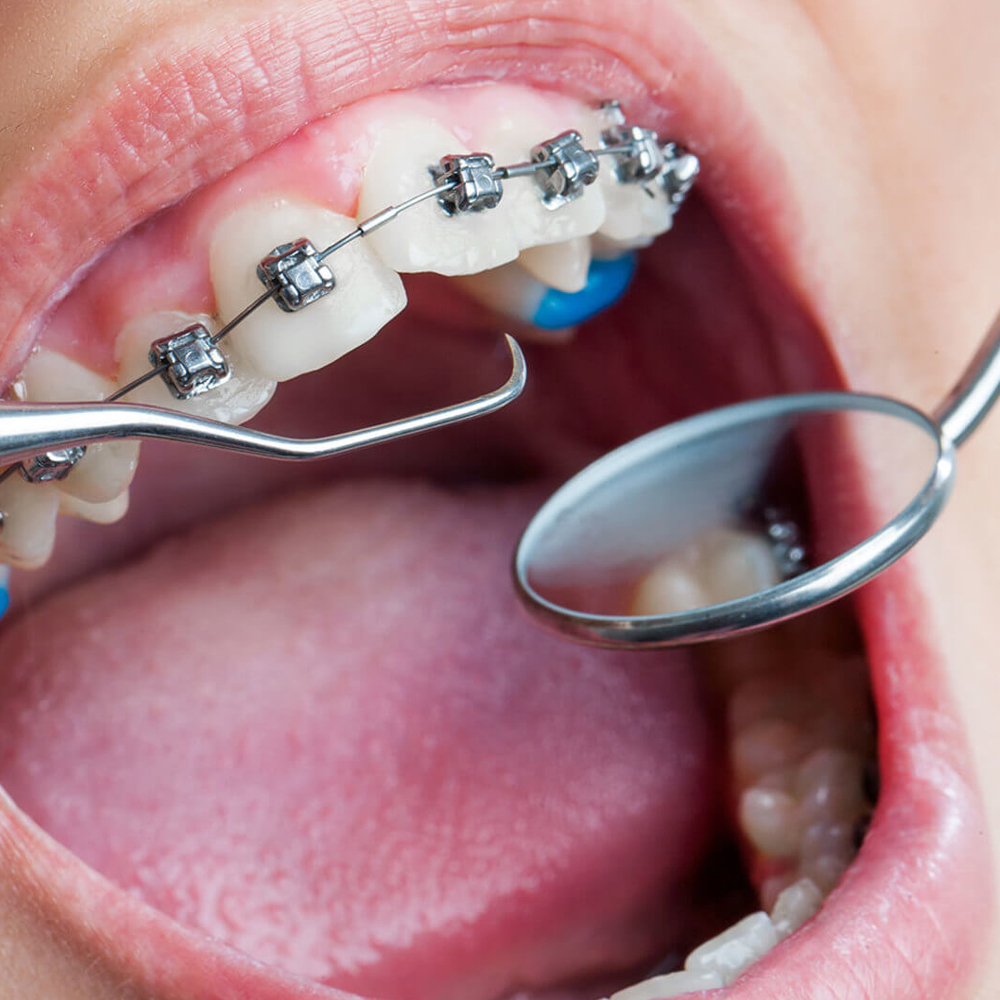
Orthodontics is a branch of dentistry that deals with the correction of crowded teeth into an ideal dental alignment using removable or fixed appliances, as well as the correction of skeletal disorders by growth guidance. The basis of orthodontic treatment is based on the principle of moving the teeth in the bone by applying appropriate forces and, if necessary, ensuring the ideal relationship of soft tissues and bone structures through growth guidance. During orthodontic treatment, the integrity of the teeth is not disturbed; no procedures such as coatings and fillings are performed. In this respect, it is a completely natural and long-term treatment.
Orthodontic treatment is done with devices commonly called ‘braces’ or ‘palates’. These appliances can be fixed or removable. Fixed or removable appliances can be used in many combinations, including porcelain, metal, attached to the inner surface of the tooth, and supported from outside the mouth.
– If you are unhappy with the appearance of your teeth,
– If your teeth are intact but crowding causes a bad appearance and you cannot maintain adequate hygiene no matter how much you brush,
– If this not only creates problems for your health but also negatively affects your social life,
– If you want your teeth to be straightened, but you are looking for a permanent treatment that will not damage your teeth,
– If you want to smile more confidently now, you are a good candidate for orthodontic treatment.
Before starting orthodontic treatment…
Orthodontic treatment is a very different and specialized form of treatment compared to other dental treatments. In order for this treatment to give the desired result, it is important to first make a correct treatment plan and to follow this plan appropriately and with the required frequency.
Due to this special situation of orthodontic treatments, it is absolutely necessary to be performed by an orthodontic specialist dentist. Orthodontic expertise is gained after 5 years of dental education, through doctoral programs at universities, which can last up to 5-6 years. At the end of this long process, the physician receives the title of ‘Orthodontic Specialist’ and a doctoral diploma.
When choosing an orthodontic specialist, care should be taken to ensure that the physician is accessible. If the communication between the patient and the physician is disrupted, there are interruptions in orthodontic treatment and treatment times are prolonged. Treatment periods of 4-5 years, which many of us have heard before, are due to this miscommunication. It should be ensured that your doctor is accessible via e-mail and telephone, and your doctor should be able to respond to your appointment requests within a few days.
Before starting orthodontic treatment, your orthodontist will inform you about the general plan and cost of your treatment. Before your braces are fitted, your oral care must be completed and all problems in the mouth such as fillings, gum problems, impacted teeth must be treated. Your orthodontist will draw your treatment plan together with the general dentist and other specialists and start your treatment.
Age factor in orthodontic treatment
The American Orthodontic Association recommends that all children be checked by an orthodontist at the age of 6-7 years. At this stage, problems that may arise in the future can be diagnosed. Orthodontic problems can be postponed until all permanent teeth erupt, unless they are very urgent. The purpose of this is to enable children to tolerate the appliances more easily and to be able to clean them. In cases where skeletal disorders are involved, such as the upper or lower jaw being too far forward or the upper and lower teeth not covering each other, it is very important to start treatment in childhood in terms of the efficiency and permanence of the treatment. If skeletal disorders are not treated in time, they can lead to problems that can only be corrected later by surgical methods.
Age is no longer a factor in patients who want to be treated in adulthood. Problems that do not involve skeletal disorders and are caused only by the position of the teeth can be corrected at any age. These disorders are solved by moving the teeth to their desired positions by means of brackets. If orthodontic disorders are accompanied by skeletal problems and the disorders in the patient’s jaws are evident from the outside, orthognathic surgery can be applied.
Child Orthodontics
The vast majority of orthodontic treatments occur as a result of premature loss of teeth due to decay in deciduous teeth. Premature loss of deciduous teeth will cause the loss of the space necessary for the permanent teeth to settle and therefore the erupting permanent tooth will not be able to find a place in the mouth.
In some cases, even if there are no crowding in the deciduous teeth, skeletal and dental disorders due to hereditary reasons may occur during the transition to permanent dentition. Bad habits such as sucking fingers and pacifiers also play a role in the development of skeletal disorders. Stopping these habits at an early age can stop the progression of these disorders and sometimes correct them. In some cases where nasal breathing is obstructed (such as the presence of tonsils and adenoids), skeletal problems may also occur. For the early diagnosis and treatment of such problems, every child should undergo an orthodontic examination.
Orthodontic follow-up of parents
When the child is 6-8 months old, the first milk teeth erupt and tooth eruption continues until the age of 3. The tooth row, which remains stable between the ages of 3-6, begins to change at the age of 6-7 with the eruption of the incisors at the front and the 6-year-old teeth at the back. Although there are generally no problems in the deciduous dentition, parents should pay attention to deciduous teeth that do not erupt or erupt in the wrong direction.
In the transition phase to permanent dentition, the following are the situations to be considered:
– Early loss of deciduous teeth,
– Upper incisors erupting too far forward or backward,
– Discoloration and deformities of newly erupted permanent teeth,
– Delayed eruption of permanent teeth as a result of milk teeth not falling out on time,
– Caries in the first molars at the age of 6 years,
– The upper jaw is narrow and does not cover the lower jaw,
– Upper and lower front teeth do not cover each other,
– The presence of various bad habits, such as sucking a finger or a pacifier.
– Upper and lower front teeth do not cover each other
The importance of milk teeth
It is a proven fact that premature extraction of decayed deciduous teeth can lead to orthodontic disorders and impacted permanent teeth in the jawbone.
Milk teeth begin to erupt in a certain order from the 6th month after birth and all milk teeth erupt in a child of about 2.5 years of age. A total of 20 milk teeth in the upper and lower jaw remain in the mouth until the age of 6. From this period until the age of 12, all milk teeth are replaced by permanent teeth in turn. During this period of change, large decays and early loss of deciduous teeth can cause crowding and impacted permanent teeth as a result of the movement of the teeth further back into these gaps. Therefore, it is very important that primary teeth remain in the mouth in a healthy manner.
Conditions during the deciduous dentition period are not solely responsible for the formation of orthodontic disorders. Orthodontic problems can also be passed on genetically from parents or older family members to children. In addition, inadequate feeding with breast milk during infancy or mistakes made in the use of bottles and false pacifiers; bad habits such as finger sucking, lip sucking, tongue thrusting and mouth breathing during childhood can also lead to orthodontic problems.
Devices used in treatment
The basic principle of orthodontic treatment is to first eliminate the cause and then correct the disorder. If dental and skeletal disorders are caused by reasons such as finger sucking or mouth breathing, removable or fixed appliances are used to prevent the continuation of these habits. Stopping these behaviors at an early age stops or even improves dental and skeletal problems.
There are generally two types of appliances:
Removable appliances are used to correct simple malocclusions, usually involving a few teeth. They may have springs to push the teeth or screws to expand the jaw. They can usually be worn for several months.
Fixed appliances, or braces, are cemented onto the teeth and are usually used for more difficult treatments. Brackets can be metal-colored or tooth-colored for adult patients. Porcelain braces are generally used in adult patients. Since these brackets show even the slightest discoloration, oral care should be taken much more carefully.
In children growing up, in some cases, it may be necessary to get support from areas outside the mouth in the correction of skeletal disorders. Chin rests can be used when the lower jaw is in front and encelics can be used to pull the upper jaw back when the upper jaw is in front. Although these devices are usually used between 14-16 hours a day, your doctor will determine specific usage times for your child.
Patient participation is also very important for effective and rapid orthodontic treatment. Orthodontics is a team game between the patient, the doctor and the parents. It is very important for patients to wear their removable appliances and intraoral elastics as described and within the required time, and to keep their oral hygiene at a high level.
The impact of orthodontic treatment on daily life
Orthodontic treatment is a common treatment in childhood. During orthodontic treatment, the child can do everything except for minor restrictions. They can participate in sports activities, sing and play musical instruments. Orthodontic treatment will not adversely affect the child’s lessons, but will improve both his/her appearance and oral health during the development of his/her personality and body, and will ensure that his/her physical and mental health is more balanced.
The most important point during treatment is to brush the teeth properly after each meal. Your doctor will help your child with oral hygiene. Establishing the habit of brushing teeth during orthodontic treatment is a guarantee of lifelong oral and dental health.
Avoiding damage to the fixed appliances is very important for the effectiveness of the treatment. Biting hard foods can damage the braces. To prevent this, it will be enough to eat pitted fruits and foods such as chips and crackers more carefully and not to consume foods that can stick to the brackets too often.
During the initial phase of treatment, there may be temporary discomfort in the teeth, gums and cheeks. This is a natural result of the process of getting used to the orthodontic appliances. This mild discomfort, which may last 2-3 days, will not be seen during the rest of the treatment.
Duration of treatment
Simple crowding involving only the teeth requires a treatment period ranging from 6 months to 1 year. This period is different for each patient and depends on the type of treatment, the type of appliances used and individual factors such as age and gender. In some cases, tooth extraction may be necessary to correct crowding. In this case, the duration of treatment can usually be between 18-24 months.
In some skeletal problems that are diagnosed early and should be treated in childhood, the treatment may take longer, but the intensity of the treatment is reduced. During your treatment, you will need to visit your orthodontist every 4-6 weeks on average. This time may vary according to your treatment process.
Adult orthodontics
Healthy, straight teeth and a beautiful smile are the first and most important step in expressing oneself correctly. Crooked and irregular looking teeth not only cause a bad aesthetic appearance, but also cause deterioration in oral health and general health.
In childhood, the necessary orthodontic treatments may not have been performed due to financial problems. Sometimes, teeth that are in good condition may deteriorate afterwards due to extractions and gum problems. Lost teeth can cause the remaining teeth to move towards the tooth cavity, causing the teeth to be spaced apart or tilted to one side. If the upper and lower teeth do not close properly, apart from aesthetic problems, irregularities in the jaw joint, pain and problems that can lead to the inability to open the jaw may begin. Dental crowding not only negatively affects dental health and general health, but also causes the individual to feel left behind and unhappy in society.
In the past years, porcelain veneers were used to correct dental disorders. Today, thanks to improved treatment techniques and material technology, it is now possible for adults to benefit from orthodontic treatment. Thanks to the aesthetic brackets and wires to be used, orthodontic treatment will continue without people around noticing.
The individual is free to do everything except minor restrictions during orthodontic treatment. They can continue their work and social life and participate in all kinds of sports activities. The braces will not restrict activities such as talking, singing or playing a musical instrument.
Things to consider during treatment
At the beginning of your orthodontic treatment, it is normal to feel some discomfort. Your teeth and oral tissues will get used to your braces in a few days. Your doctor will take measures to reduce your discomfort at the beginning of treatment.
The most important rule to follow during your treatment is to keep your oral hygiene at the highest level to protect your teeth and gum health. For this purpose, your orthodontist will tell you the appropriate brushing techniques. You should brush your teeth after every meal. During and after your treatment, using dental floss will prevent interface caries.
To prevent damage to your braces, you should avoid hard and sticky foods. Pitted foods such as olives, plums, nuts, hard chocolates can damage your teeth and braces.
Duration of treatment
Thanks to improved treatment techniques, it is now possible to apply fast and effective treatments in adulthood. Simple crowding involving only the teeth requires a treatment period ranging from 12 to 24 months. This period is different for each patient and depends on the type of treatment, the type of appliances used and individual factors such as age and gender.
During orthodontic treatment, appointments will usually last between 4-6 weeks. This period may vary according to your treatment needs. You can consult your orthodontist for any problems you may encounter during the treatment.
Lingual Orthodontics
Another type of treatment that is developing today is “Lingual Orthodontics”, in which brackets are attached to the inner surfaces of the teeth. The special brackets and wires used in lingual orthodontics are bonded to the inner surfaces of the teeth instead of the visible surfaces, so that no one but you and your doctor can notice that you are being treated. The lingual orthodontic treatment technique has its own limitations, advantages and disadvantages. Your orthodontist will inform you about these after your examination. Innovations in orthodontics are not limited to this.






